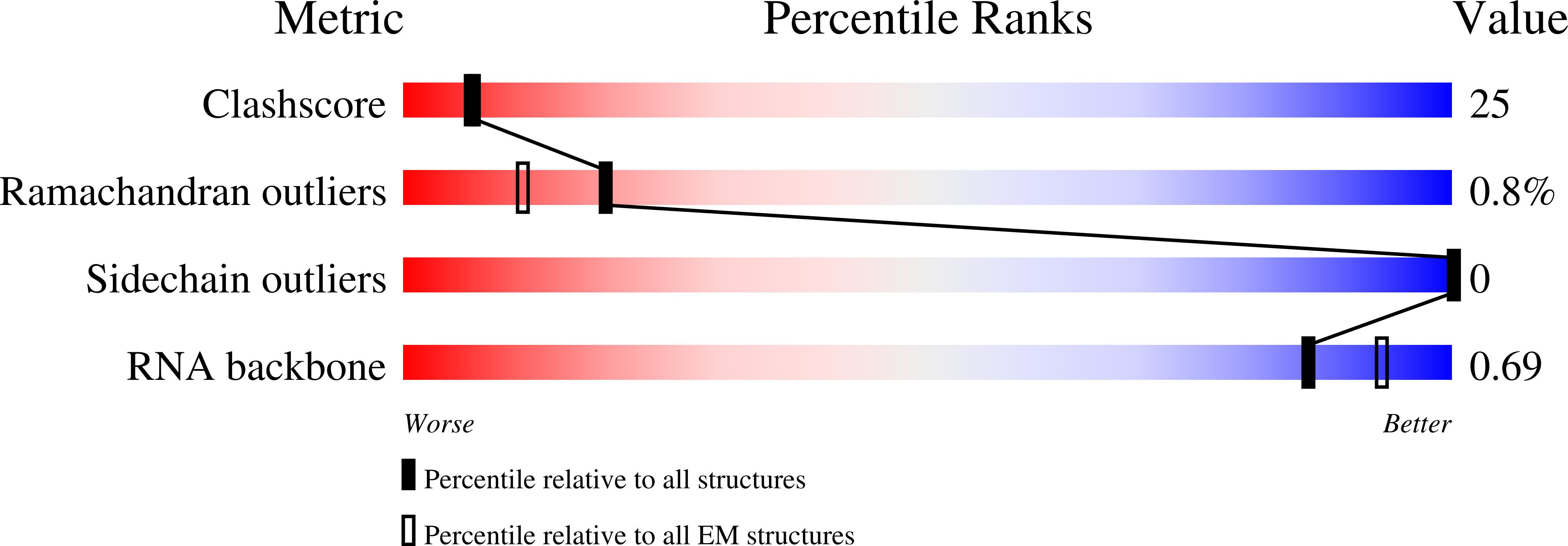
Deposition Date
2025-03-02
Release Date
2025-06-18
Last Version Date
2025-07-02
Entry Detail
PDB ID:
9NL4
Keywords:
Title:
Structure of R2 retrotransposon protein from Platysternon megacephalum after second strand nicking
Biological Source:
Source Organism:
Platysternon megacephalum (Taxon ID: 55544)
synthetic construct (Taxon ID: 32630)
synthetic construct (Taxon ID: 32630)
Host Organism:
Method Details:
Experimental Method:
Resolution:
4.60 Å
Aggregation State:
PARTICLE
Reconstruction Method:
SINGLE PARTICLE


